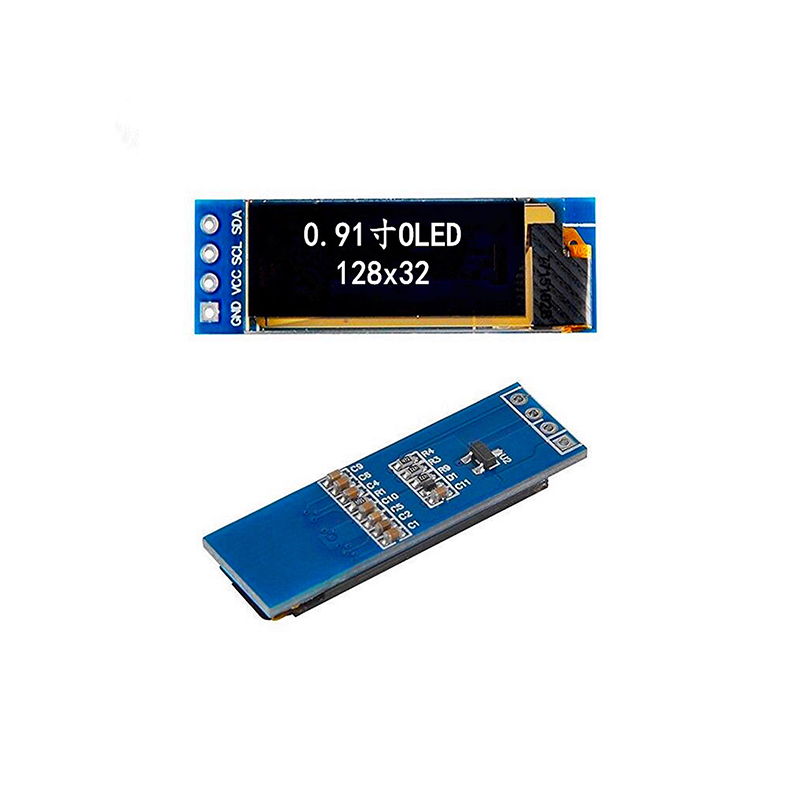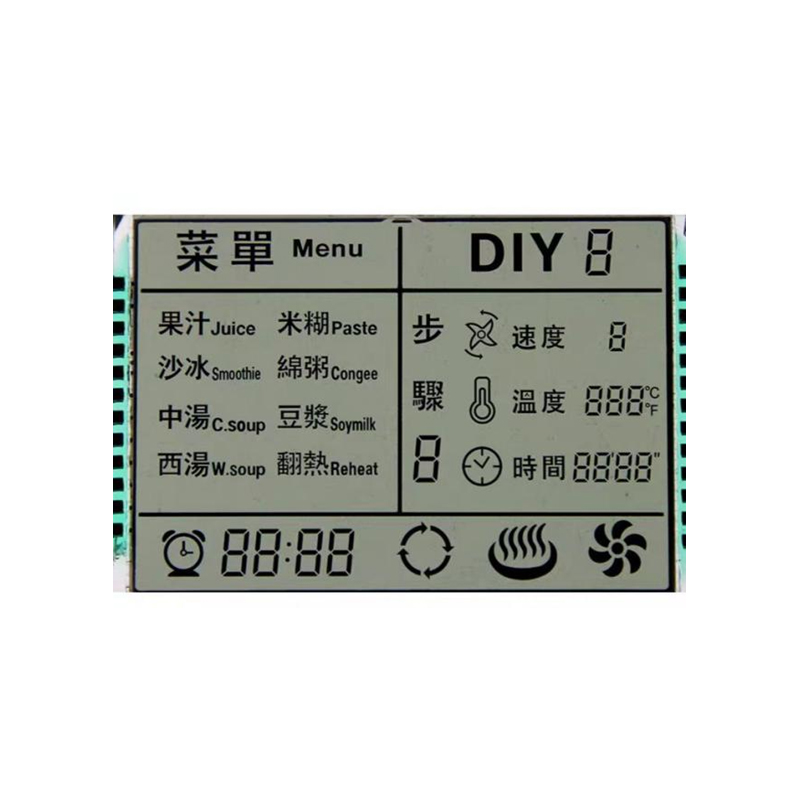
Finding the perfect transparent LCD can be challenging with so many options available. This guide provides an in-depth look at the technology, applications, and selection criteria for these increasingly popular displays. We'll cover various factors, including resolution, brightness, transparency level, and size, to help you choose a display perfectly suited to your project or application. Whether you're looking for a captivating storefront display, an interactive kiosk, or a unique design element, this guide will empower you to make the best choice. Learn about the technology behind these innovative displays and discover how they are transforming various industries.
Unlike traditional LCDs, transparent LCDs utilize a specialized backlight and transparent substrates to allow light to pass through the display while still displaying images. This is achieved through the use of transparent electrodes and a unique liquid crystal material. The level of transparency varies depending on the technology used and the desired balance between transparency and image quality. Several manufacturers, including Dalian Eastern Display Co., Ltd., are at the forefront of innovation in this field. They offer a wide range of customizable solutions.
There are several types of transparent LCDs, each with its own advantages and disadvantages. These include technologies like IPS (In-Plane Switching), which often delivers better viewing angles and color reproduction, and TN (Twisted Nematic), which tends to be more affordable but may have limitations in viewing angles. The choice depends heavily on the specific application and desired performance characteristics. Factors such as cost, power consumption, and required transparency level should all be carefully considered.
The resolution of a transparent LCD determines the sharpness and detail of the displayed image. Higher resolutions generally offer better clarity, but they may also be more expensive. Brightness is another crucial factor, especially in applications where ambient light levels are high. You need sufficient brightness to ensure the image remains visible even in bright conditions. Many manufacturers provide detailed specifications on their websites, which are invaluable in making a comparison.
The transparency level, often measured as a percentage, indicates how much light can pass through the display. A higher transparency level means more light can pass through, but it might also result in a less vibrant image. Viewing angle refers to the range of angles from which the image can be viewed clearly without significant color distortion or loss of contrast. Finding the right balance between transparency and viewing angles is crucial for many applications.
Transparent LCDs are available in a variety of sizes, from small displays suitable for embedded systems to large format displays ideal for retail applications. Customization options often include the ability to tailor the size, resolution, transparency level, and even the shape of the display to meet specific project requirements. This customization capability makes them versatile for a wide range of applications.
Transparent LCDs are finding applications across various industries. Their unique properties make them ideal for a number of innovative uses. Let's look at some key applications:
| Application | Benefits |
|---|---|
| Retail Displays | Captivating visuals, enhanced product presentation, interactive elements. |
| Interactive Kiosks | Intuitive user experience, engaging information delivery, seamless integration into existing environments. |
| Automotive Displays | Head-up displays (HUDs), transparent instrument panels, enhancing driver information visibility. |
| Architectural Design | Unique design elements, interactive building facades, artistic installations. |
Table 1: Applications and Benefits of Transparent LCDs
Selecting the ideal transparent LCD involves careful consideration of several factors. Understanding your specific requirements and matching them with the features of available displays is crucial. Remember to prioritize factors like resolution, brightness, transparency level, viewing angle, size, and budget when making your decision. Always check manufacturer specifications for accurate details.
This guide serves as a comprehensive starting point for your exploration into the world of best transparent LCDs. Remember to consult with experts and conduct thorough research before making a purchase.












